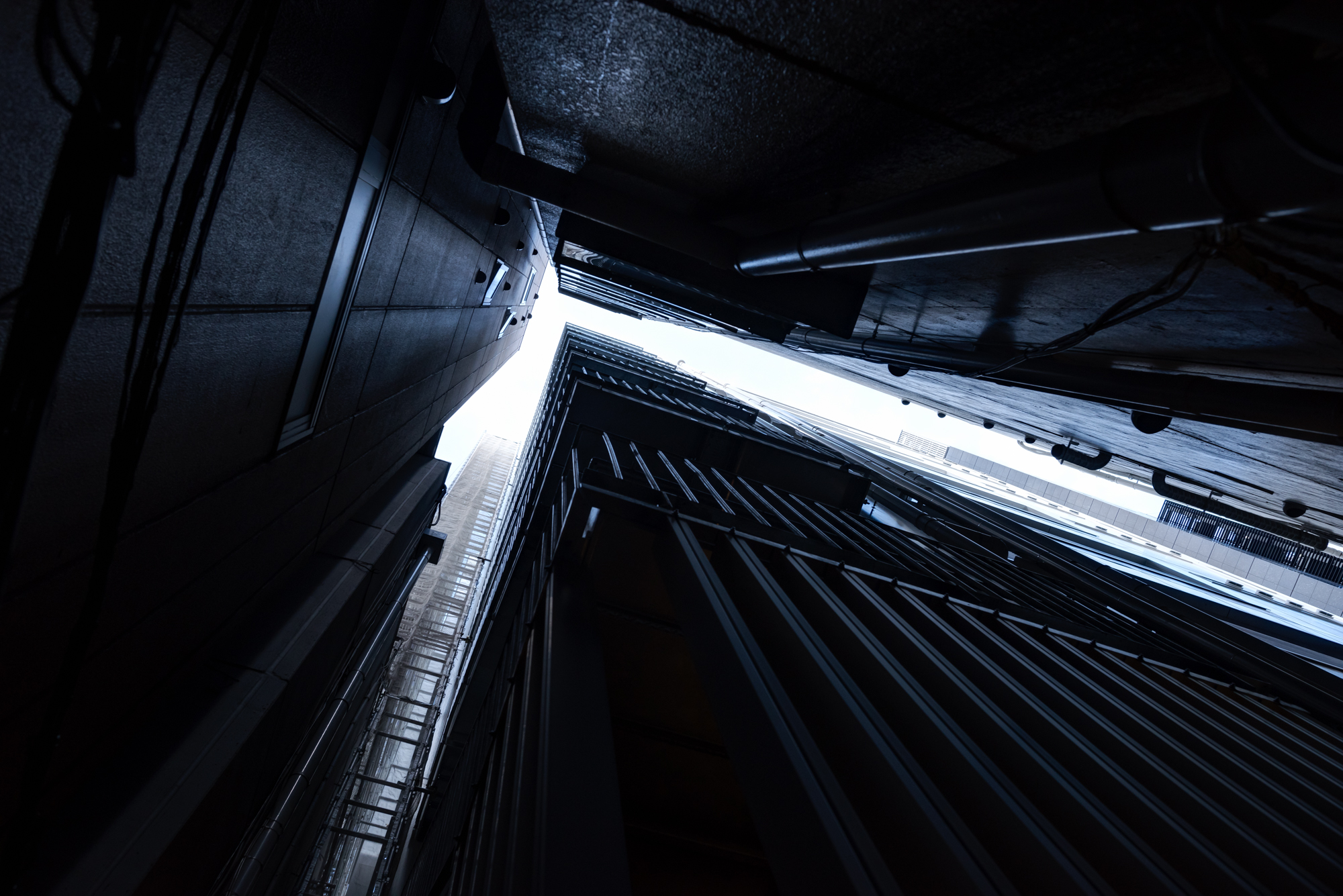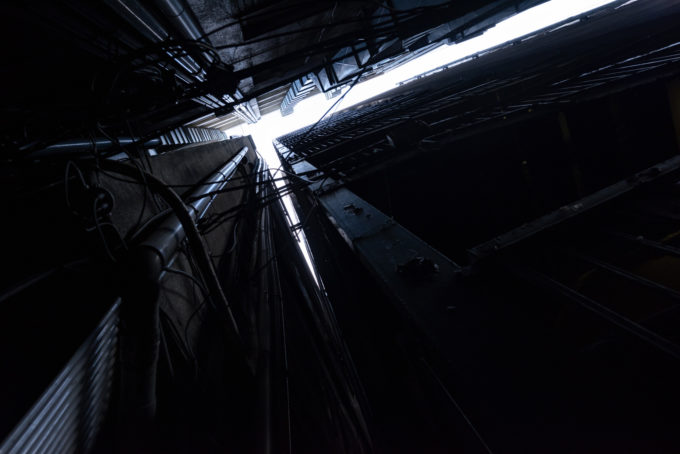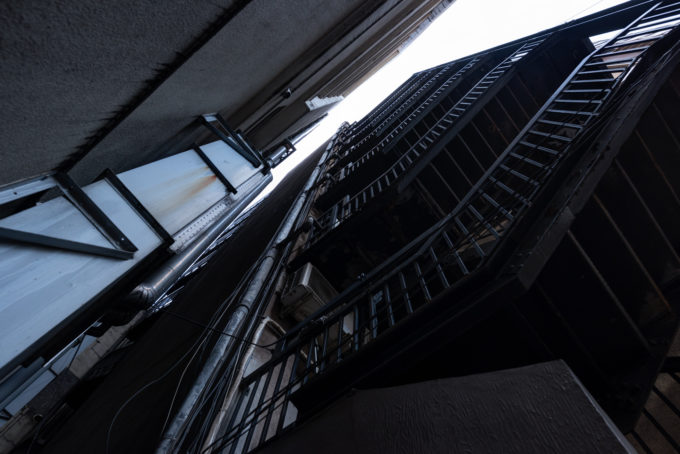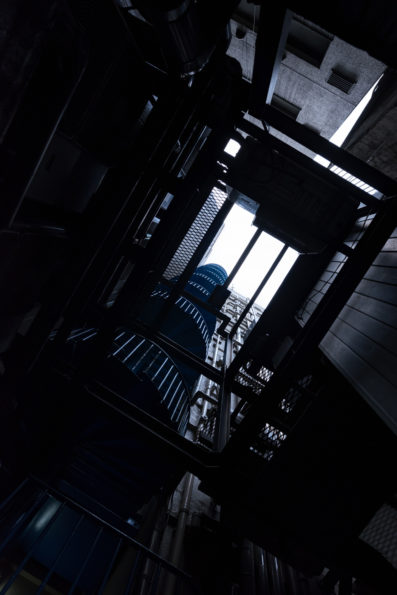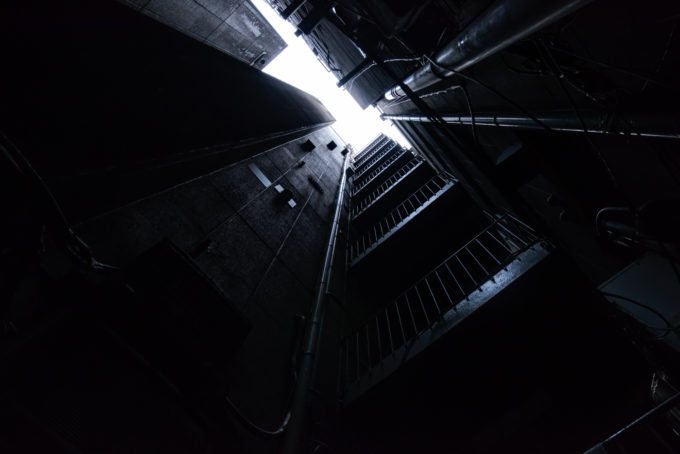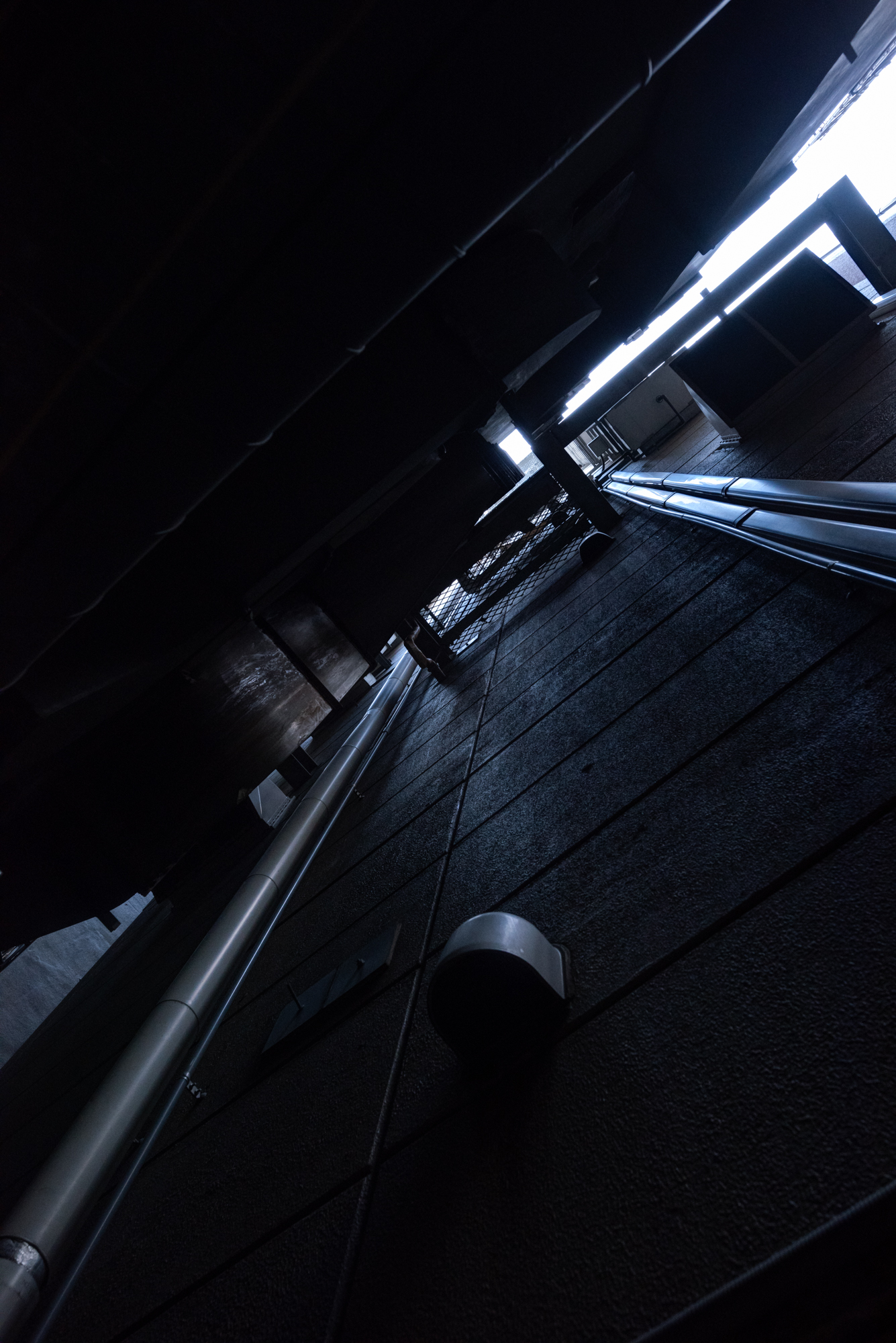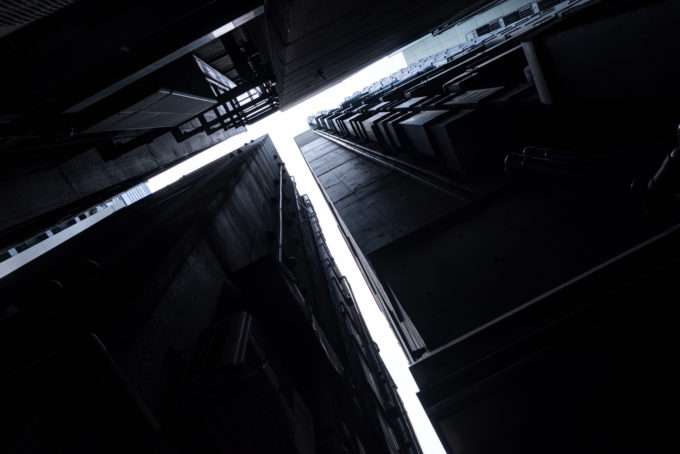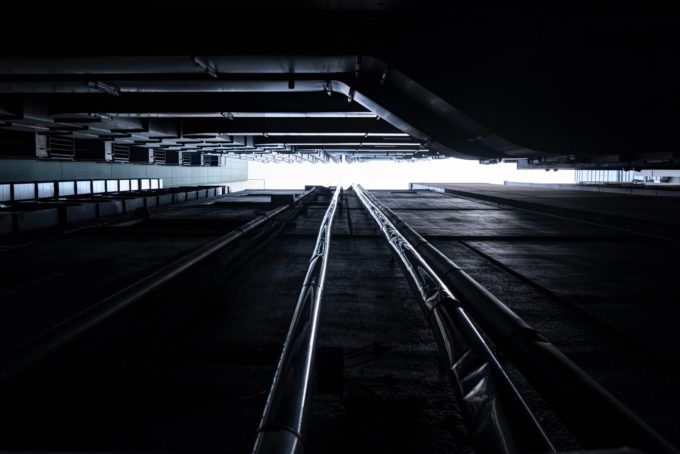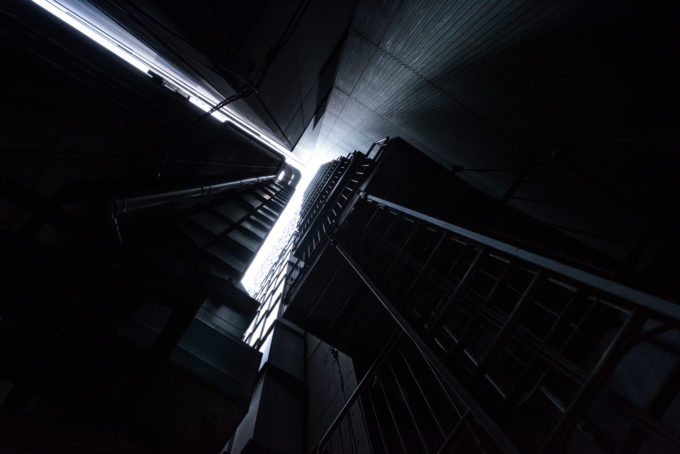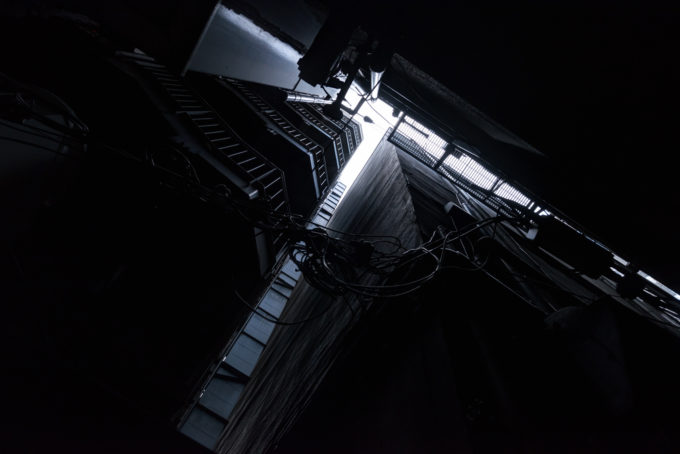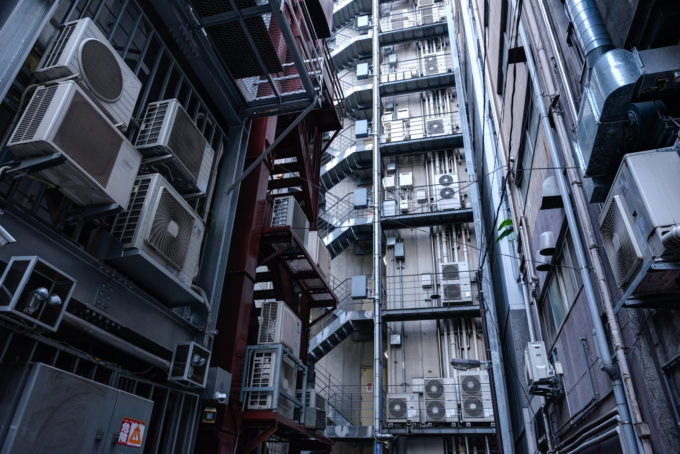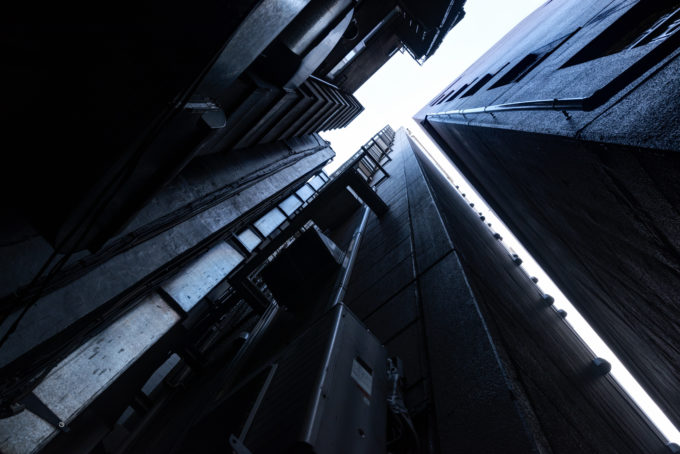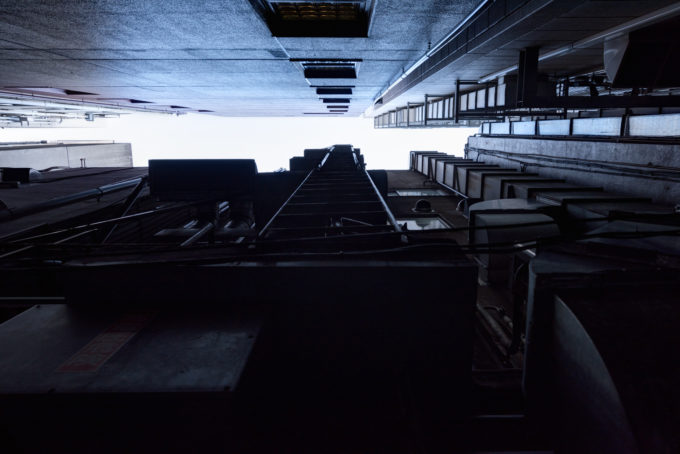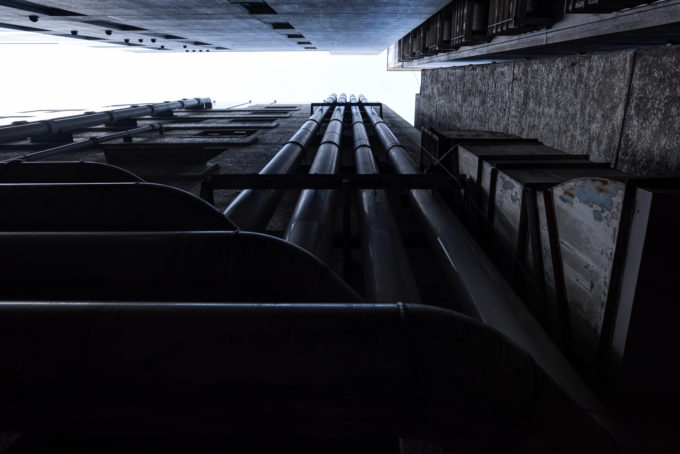Last Updated on 04/30/2016 by Chris Gampat
All images by Takahiro Yamamoto. Used with permission.
Photographer Takahiro Yamamoto fell in love with photography after playing with his father’s Pentax film SLR camera. These days, he’s an editor at a publishing company and on the side he travels around Tokyo capturing scenes from the city. His work has earned him a number of awards like being an Ambassador of PHOTOMENTARY by Nikon (2014, 2015). He has held three solo photo exhibitions in Tokyo so far, and the last one “Time Flows” has just ended successfully in April, 2016.
I found his work on Behance, and fell in love with his project called Ginza No Sukima–which is a fascinating dark look at a shopping town in Japan.
Phoblographer: Talk to us about how you got into photography.
Takahiro: The first camera I put my hands on a Pentax film SLR camera when I was a child. It was my father’s camera but he let me use it whenever I want.
When I was an elementary school kid, there was a supercar boom. Every child collected miniature toys, cards, and stickers of Ferraris, Lamborghinis, Porsches and so on. Several big companies sponsored supercar shows that children would love to go.
There still remain some photos of the cars from the 70s. An interesting thing is that the framing of those photos are very similar to what I would use now.
Phoblographer: What made you want to do this project “Ginza No Sukima”?
Takahiro: Ginza is one of the first shopping towns in Tokyo, and is one of the largest now. There are a lot of shopping buildings there that have clean and modern facades. While I took a walk around the town, I found an alley between those beautifully renovated buildings. So, I decided to go in there.
The atmosphere in the alley is so different. Small bars and back doors of the shops were located in it. The alley was so narrow and dark. Occasional dirty fluorescent lights or the sky between the buildings were the only light sources. And I was fascinated with the narrow sky seen up above. When I was a child a lot of adults told that they hated the sky in Tokyo because it was so small or narrow because of the forest of tall buildings. I thought to myself that I found the narrowest ones in Tokyo.
I later learned that there were more alleys in Ginza and most of them remained unchanged for a long time. My interest in those alleys grew larger. Front sides of the buildings keep changing to attract shoppers while the other faces in the alleys left behind. No one seems to care about it.
Now the number of the alleys is decreasing so fast. One vanished when the adjacent building was demolished. Another gone when a building right next to it has been renovated. It seems that the speed of the banishment is getting faster since developers are getting ready for the 2020 Tokyo Olympic Games. If no one cares about the alleys, I want to keep records of them in my way.
Phoblographer: The project is very dark and very characterized by the shapes, contrast and lines. What are you trying to convey to viewers with these images?
Takahiro: I want to tell people there is another aspect of Ginza, one of the largest shopping towns in Tokyo. The sky is remote and the light is scarce. The atmosphere is so different from the main streets of the town that is bright and cheerful. I want to enhance the feeling I had when I got in there for the first time, and want the viewer to have the same feeling through my images.
Phoblographer: Why are all the images so desaturated?
Takahiro: This is one of the things I thought interesting when I showed some of the photos to people. Actually, they are all in full color. I didn’t desaturated the images at all. This is what is interesting about those alleys. The main streets in Ginza are so colorful with signs and window displays while the alleys are colorless. I like this contrast. When it’s cloudy, all the colors I see are white, gray and white.
Phoblographer: Talk to us about the gear that you used to do this project.
Takahiro: I have brought various cameras and lenses. But as for the photos here, I used a Nikon D810 and a SIGMA 24mm f/1.4 DG HSM. The alleys are very dark so I often use the auto-ISO mode with ISO 1600 as the highest. As for the shutter speed, I make it a rule to triple the focal length to get the slowest shutter speed, so when I use the 24mm, the shutter speed should be 1/80 sec. or faster.


